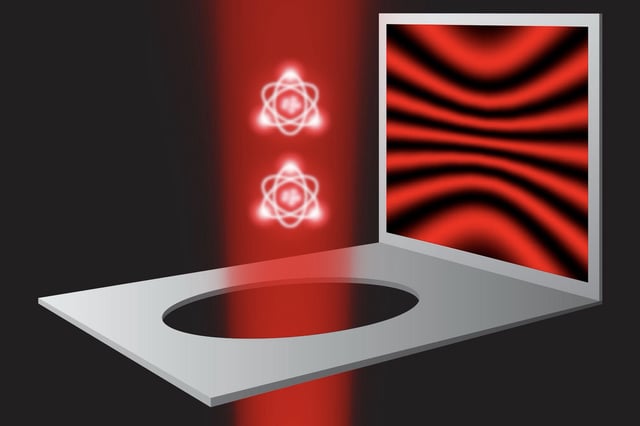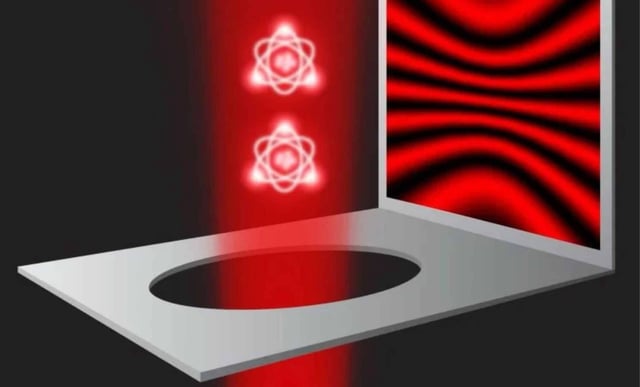Overview
- The research team cooled over 10,000 atoms to near absolute zero and used lasers to arrange them in a crystal-like lattice that acted as tunable quantum slits for single photons.
- By varying the atoms’ spatial localization, scientists demonstrated a direct trade-off between which-path information and the visibility of wave-like interference patterns.
- The results definitively upheld Niels Bohr’s uncertainty-principle argument and ruled out Albert Einstein’s 1927 proposal to detect photon paths via slit recoil.
- Experimental data matched quantum-mechanical predictions, showing that greater precision in path detection yields progressively diminished interference.
- Findings were published in Physical Review Letters in the paper “Coherent and Incoherent Light Scattering by Single-Atom Wave Packets.”



